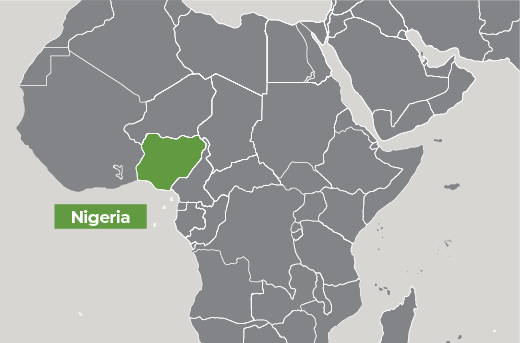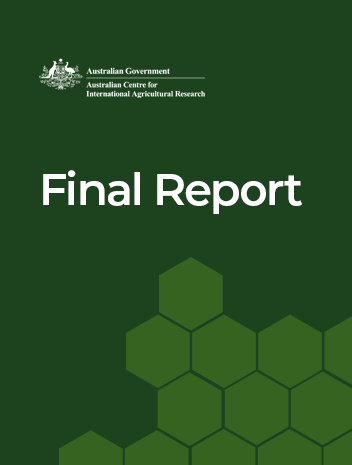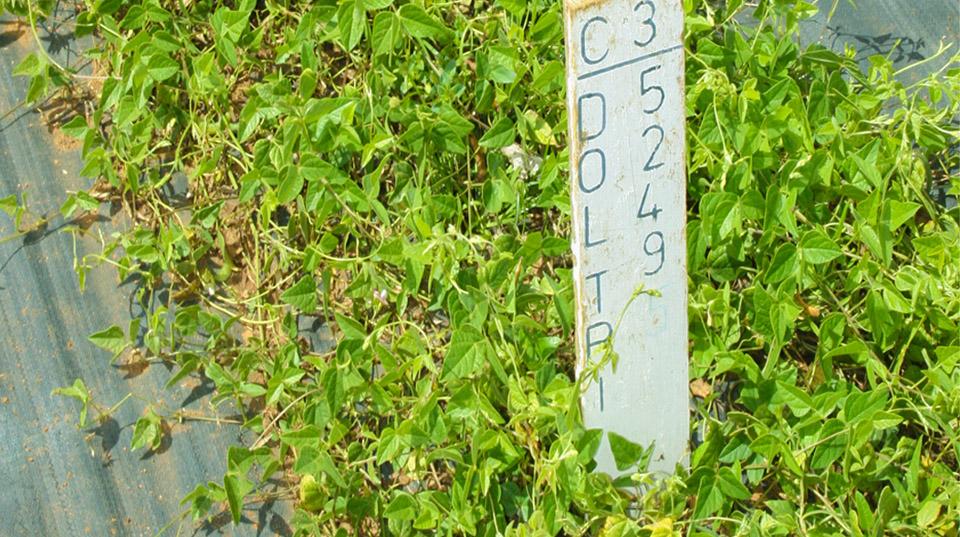Overview
This project aimed to assist in the dissemination and monitoring of the effects of the released Pod-Borer Resistant cowpea in Nigeria.
Nigeria is the largest producer of cowpea in the world with about 44% of the world’s cowpea produced in Nigeria. Almost every household consumes cowpea in various cooked forms at least once a day. In Nigeria, cowpea is the main source of dietary protein and vital minerals such as iron, for low-income people, and it is rightly referred to as the meat of the poor. Nigeria is also the largest importer of cowpea in Africa.
The release of Bt-based Pod-borer Resistant (PBR) Cowpea variety Sampea 20-T is the culmination of a breeding effort to introgress Bt-based resistance that commenced in 2003, overseen by CSIRO researcher TJ Higgins, and should overcome a major yield limitation to cowpea in Nigeria, Ghana and Burkina Faso.
This project addressed 5 research questions:
- What are the field-based biological consequences of PBR cowpea compared to conventional cowpeas in Nigeria?
- Is adequate genetically-pure PBR cowpea seed being supplied to farmers in Nigeria?
- Are farmers adhering to the recommended field practices when introducing PBR cowpea?
- How do adopters compare to non-adopters after introduction, concerning practices and results?
- What are the expectations from farmers in Ghana and Burkina Faso about PBR Cowpea future deployment?
Project outcomes
- Established the technology’s biological and environmental performance in farmers’ fields, through rigorous surveys (e.g. insect surveys).
- Assessed the level of implementation by farmers of recommended practices (technology stewardship).
- Established the extent of farmers’ understanding and ability to apply stewardship programs and good agronomic practices for cowpea.
- Provide an independent estimate of the purity and quality of foundation seed: this information will be passed to the stewardship teams and seed producers for them to take action.
- Enhanced capacity of extension officers and scientists to monitor in-field effects and perform stewardship studies.





